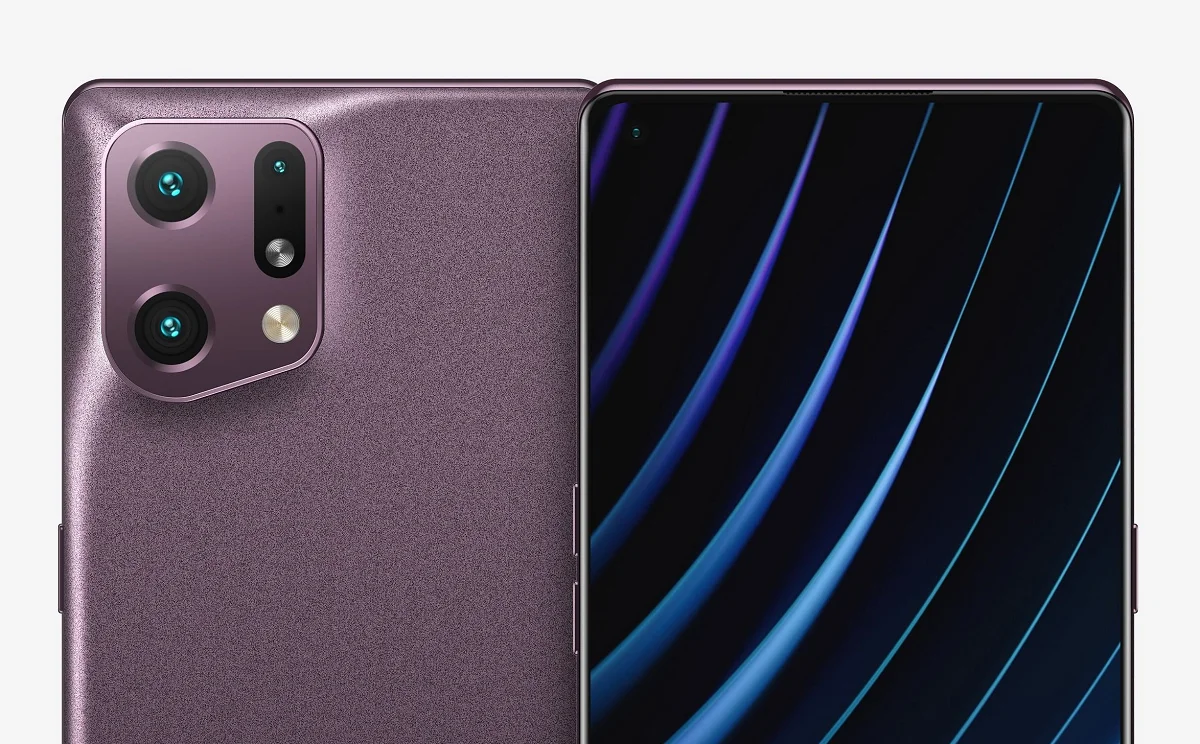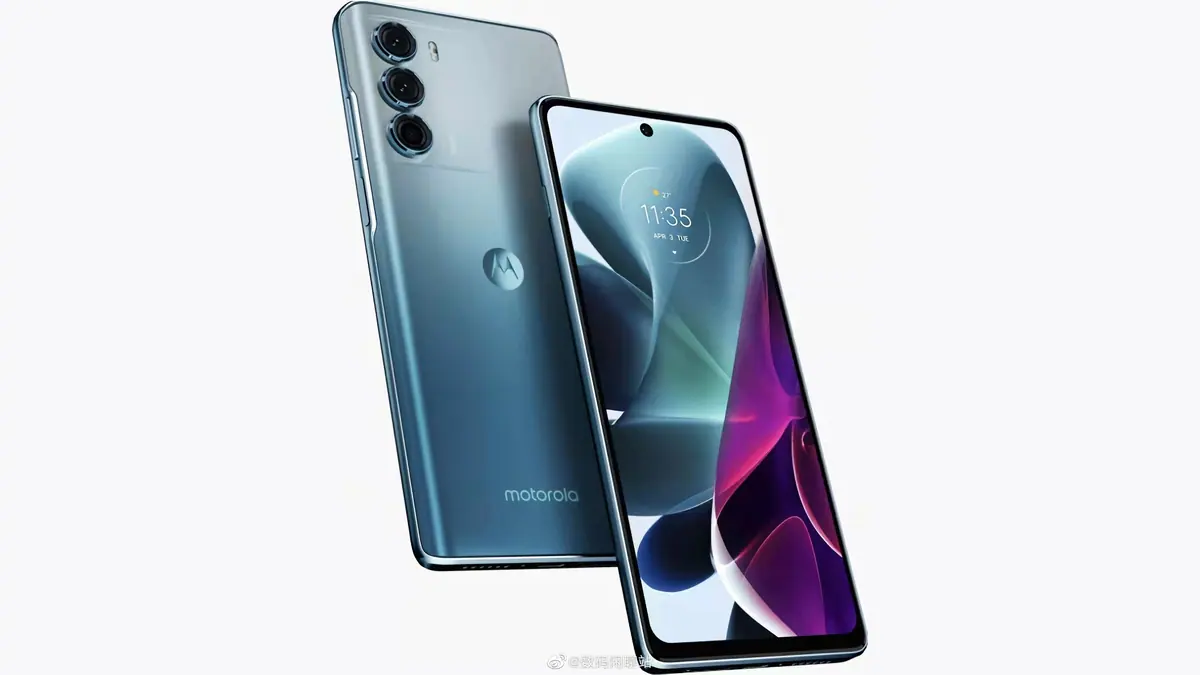It’s been more than a decade since we heard the first proposal from Europe to approve a single charger. In 2009, we published this article from Xataka with the title ‘MicroUSB will be the only device we will charge our mobile phones with’. In it, we talked about the agreement between the European Commission and several phone manufacturers to use a single connector.
The truth is, standardization has come with broad strokes, but we’re still a long way from avoiding exceptions, as with Apple and its proprietary connector that they didn’t want to part with. Even the USB standard has changed after all this. Fortunately, it seems that the European institutions are still quite aware of this goal, and today we saw a new endorsement by the European Parliament. Here we tell you where we are and what else is missing to make this a reality.
This story of the single charger is already familiar to me. In 2014 it was recommended that 30 different chargers be reduced to “three essentially”. The basic idea was to try to reduce electronic waste and ensure that consumers don’t have to buy a different charger with each new device. It’s an idea that has a lot of support but takes forever to be approved.
Six years later, at the beginning of 2020, the European Parliament voted in favor of “imposing a single connector to be able to charge our mobile devices”. Why didn’t this lead to anything real? Mainly because it was a first phase.
Too many stages. Once approved by Parliament, it was time for the European Commission to work on legislation to make the universal charger mandatory. This came during the third quarter of 2020. That September, the European Commission passed a law with the goal of making the new law a reality by mid-2024.
What does the bill say?. What does single charger really mean? We still don’t have the final text, but all we have is a more or less concrete proposal. Europe wants to make the charging port compatible and use USB-C as a common port. They want to bet on the same fast charging technology solution and that USB-C is used in all electronic devices (“mobile phones, tablets, digital cameras, helmets, headsets, portable game consoles and portable speakers”). very small (“mini-headphones, smartwatches, and activity monitors”).
Process accelerated: European Parliament does not object. While Apple did not like the approval, last April the European Parliament set its positive position and has now decided to approve the Commission’s legislation without any changes. The green light was given for the Commission to continue its deliberations and submit a definitive text.
To be definitively confirmed at the beginning of 2023. As the European Parliament has announced, it is entering a phase that can take 8 to 12 months, where the final details of how this law will be determined. The Commission is expected to present the final text it is currently working on by the end of 2022 and return to Parliament for approval in early 2023. At the same time, the Council of Europe should ratify the text by early 2023.
But it won’t be until 2025 when it takes action.. Once the regulation is approved, it will have a predictable two-year entry into force. If it is approved at the beginning of 2023 and the two-year period we saw with the RGPD is repeated, we can go until 2025 for this Regulation to come into effect.
So if all goes as planned, the final text will be approved at the beginning of 2023 and the single charger will become mandatory in about two years. There will be years where Apple will have to decide between going to court to fight this law or facing possible sanctions for not adding USB-C to iPhones, for example.
Wireless charging is also in the spotlight. Once the single charger issue is “solved”, MEPs want the European Commission to submit its strategy so that “every new charging solution is compatible with other manufacturers” by the end of 2026. Once this point is reached, an equivalent process will begin, which we hope will not take too long.
Image | Adam Bowie









:quality(85)//cloudfront-us-east-1.images.arcpublishing.com/infobae/ASOYTOAUWRG2XM764BAMFLEZDA.png)



